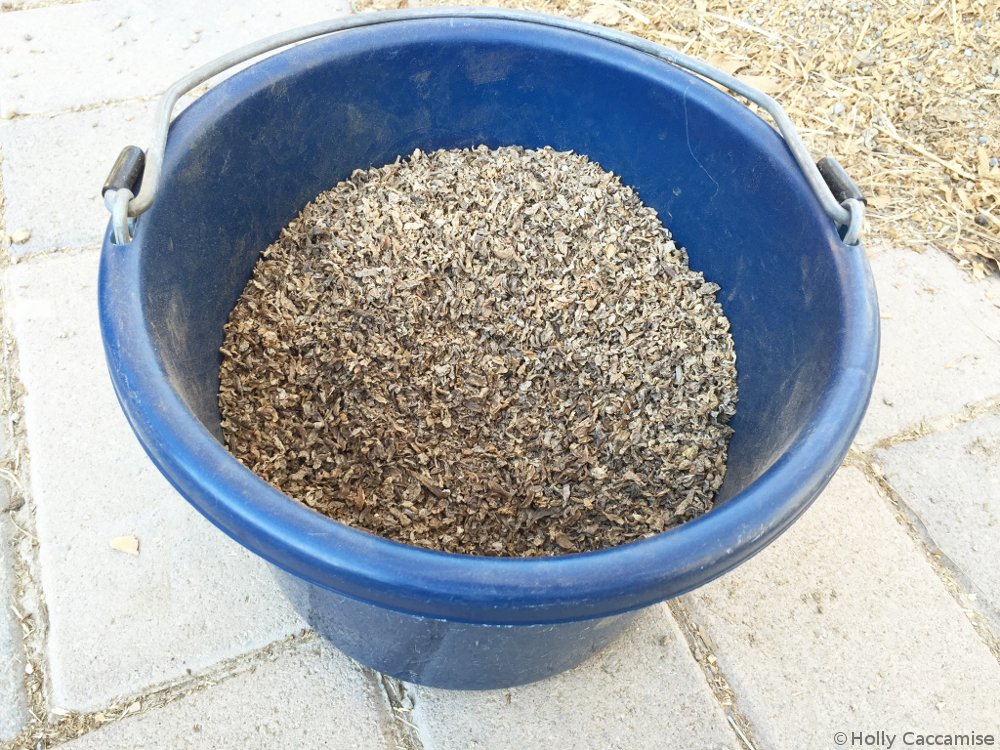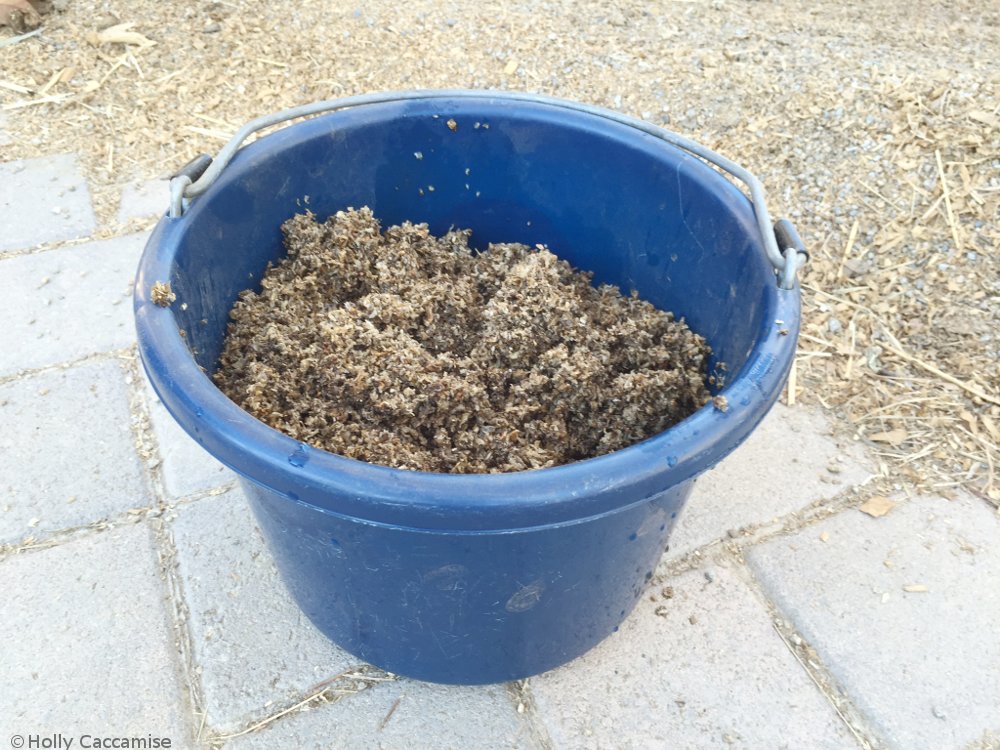Q: During the winter, it is hard to find hay for sale in my area so I feed my 12-year-old mare beet pulp. I have read that beet pulp lacks in nutrition and vitamins. Is there a better alternative for beet pulp or some sort of supplement I could be feeding her in addition to beet pulp?

Dry beet pulp
A: You’ve touched upon one of the many reasons horse owners feed beet pulp: as a hay stretcher or forage extender. Other reasons include:
- Putting weight on hard keepers and adding calories to performance and breeding horses;
- Serving as a low sugar/starch carrier for medications and supplements for horses with Equine Metabolic Syndrome, Cushing’s, or just “easy-keeperness”;
- Giving the older horse or horse with dental issues something easy to chew;
- Substituting for hay in horses with respiratory issues like Equine Asthma Syndrome.
Basically, beet pulp has the energy of grain and the digestibility of forage, meaning it falls somewhere between the two in terms of its nutritional analysis. It’s an excellent source of soluble fiber, meaning the microorganisms in the digestive tract of the horse can easily break down and ferment it into volatile fatty acids which the horse then uses for energy. This is a safe and efficient way to provide calories to horses because the end products are fatty acids in the hind gut, not simple sugars in the foregut (stomach and small intestine) like grain is digested and absorbed as.
You’re right about the rest of the nutrition it offers, though; it provides moderate to low protein, few vitamins and minerals, and a high calcium to phosphorous ratio (10:1 when 1 or 2:1 is appropriate in the adult horse). So although beet pulp provides that all-important “scratch factor” or roughage that the equine digestive tract requires to be healthy, it’s unimpressive and unbalanced nutrient profile is one reason experts suggest swapping no more than 25 percent of your horse’s hay ration with it. Quick math to make sure we’re all together on this:
A 1000-pound horse needs 1 to 2 percent of its body weight each day in forage, or 10 to 20 pounds.
25 percent of 10 to 20 pounds is 2.5 to 5 pounds, the maximum amount of dry beet pulp that can be substituted for the same weight of hay and still maintain maintain a complete and balanced diet.
I say “dry” beet pulp because you should weigh out the amount to be fed when it’s dry shreds or pellets, then most people soak it by adding cool or warm water until it’s covered (submerged) or at a ratio of 1 part beet pulp to 2 parts water. Ultimately, your horse will tell you how he prefers his beet pulp prepared: moistened or soupy. Just be careful in warm months not to soak too long or it will ferment and turn sour in the pan.

Soaked beet pulp
If there’s a seasonal shortage of long-stem, baled hay in your area, first, do your best to figure out how much hay your horse will need to get through the winter and stock up. When this isn’t possible, look for ways to extend your hay through commercial hay stretcher pellets, chopped hay in a bag, hay cubes, or hay pellets. Read the labels closely, as some are made from grass hay, some from alfalfa hay, and some from a mixture of both. Also, you’ll find that some manufacturers fortify their products with vitamins and minerals — sometimes even protein and probiotics – so you may or may not need to add grain, a ration balancer, or a multi-vitamin/mineral supplement to complete and balance your horse’s diet. Happy soaking!







